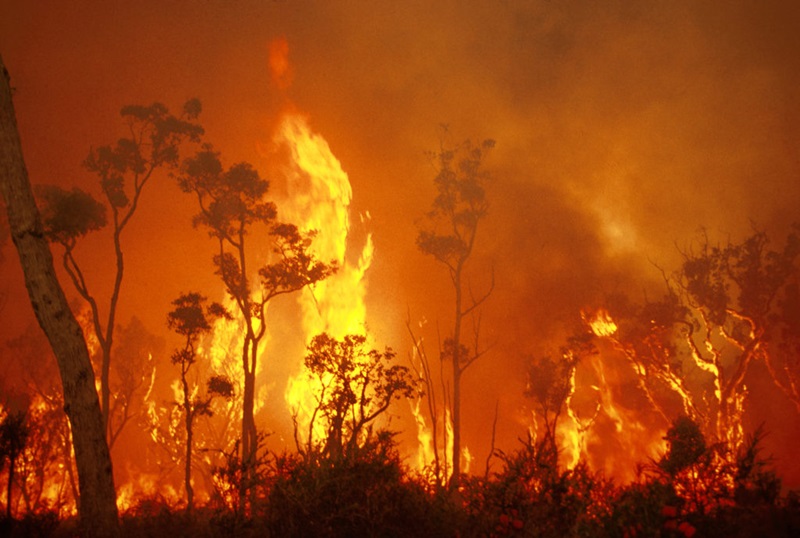Beyond Conformity: Enhancing Building Safety And Security with a Thorough BAL Report Evaluation
Beyond Conformity: Enhancing Building Safety And Security with a Thorough BAL Report Evaluation
Blog Article
Ensuring Shrub Fire Defense With Appropriate BAL Record Analysis
In the realm of bush fire defense, the precise evaluation of Bushfire Attack Level (BAL) reports stands as a cornerstone for protecting residential properties versus the terrible influence of wildfires. With environmental variables and property attributes playing substantial roles in determining the degree of risk, a complete understanding of BAL ratings comes to be imperative.
Understanding Bushfire Attack Degree (BAL)
In the world of bushfire protection, understanding the Bushfire Attack Level (BAL) is vital for guaranteeing efficient mitigation methods. Understanding the BAL ranking of a property is crucial for home policymakers, home builders, and owners to carry out suitable procedures to safeguard versus bushfire risks.

Relevance of BAL Report Evaluation
A necessary aspect in bushfire defense planning entails the thorough analysis of BAL reports to examine the possible risks and establish suitable reduction methods. BAL reports supply critical information regarding the possible effect of bushfires on a residential property based on numerous variables such as greenery type, range to possible fire risks, and slope of the land. Assessing these reports with precision is vital in establishing reliable bushfire security actions tailored to the particular risk account of a building.
Executing Fire Security Measures
Applying effective fire security procedures is essential for securing residential properties in bushfire-prone areas. This involves clearing up flammable greenery, such as dry fallen leaves and branches, within a particular span of the building.
Furthermore, having a properly maintained and ample water supply, such as a container or pool, can aid firemens in their initiatives to shield the property. BAL Report. Generally, carrying out a mix of these fire defense measures can significantly enhance the chances of guarding buildings during bushfire occasions.
Mitigating Risks in Fire-Prone Areas
To fortify residential or commercial properties against bushfire hazards, a calculated focus on mitigating risks in fire-prone areas is crucial. One essential aspect of risk reduction is maintaining defensible area around buildings by clearing flammable greenery, making sure ample spacing between frameworks and trees, and using fire-resistant landscaping practices.
In addition, creating or retrofitting buildings with fireproof products and making certain proper maintenance of roof coverings, gutters, find this and external cladding can significantly improve the property's resilience to bushfires. Establishing and exercising a bushfire emergency strategy with all residents, including discharge procedures and interaction methods, is also crucial in mitigating threats efficiently. By adopting an aggressive approach to take the chance of reduction in fire-prone areas, homeowner can better protect their properties and boost general bushfire readiness.
Ensuring Home Safety and Durability
Guaranteeing the security and durability of homes in fire-prone areas needs an unwavering commitment to robust precautionary steps and critical preparation. Property security begins with implementing effective procedures to lower fire risks.
Resilience, on the other hand, entails the capability of a home to recoup and stand up to from a bushfire. By proactively addressing these aspects, residential property owners can much better safeguard their assets and liked ones from the risk of bushfires.
Conclusion
To conclude, guaranteeing bushfire security through correct BAL record evaluation is important for comprehending the degree of threat presented by bushfires and applying needed fire protection measures. By reducing dangers in fire-prone their website locations and making sure home security and strength, neighborhoods and people can much better plan for and react to bushfire occasions. It is imperative to prioritize fire safety and security measures to shield lives and residential or commercial property in these high-risk atmospheres.
In the world of bush fire security, the meticulous analysis of Bushfire Attack Degree (BAL) reports stands as a keystone for safeguarding residential or commercial properties against the destructive impact of wildfires (BAL Report). Comprehending the BAL score of a building is important for home policymakers, proprietors, and building contractors to apply ideal procedures to secure against bushfire hazards

BAL records offer essential information concerning the potential effect of bushfires on a building based on various factors such as greenery type, range to possible fire threats, and incline of the land (BAL Report). Generally, carrying out look at this website a combination of these fire security procedures can significantly raise the chances of securing properties during bushfire events
Report this page